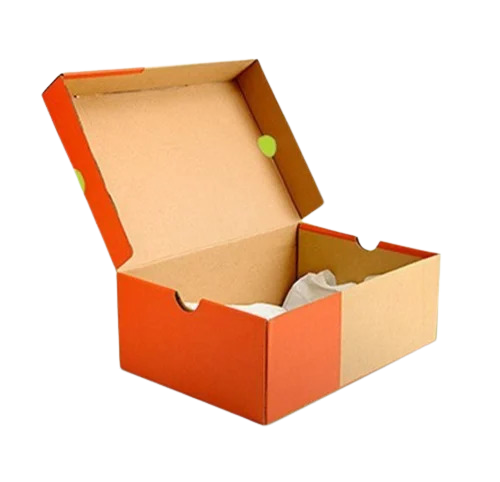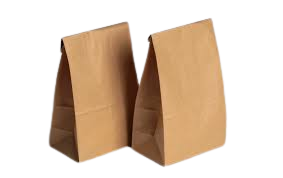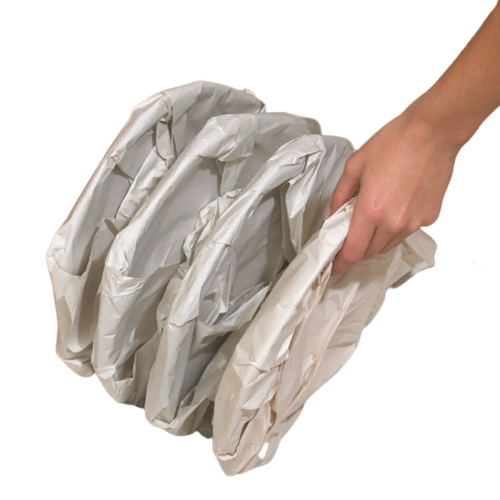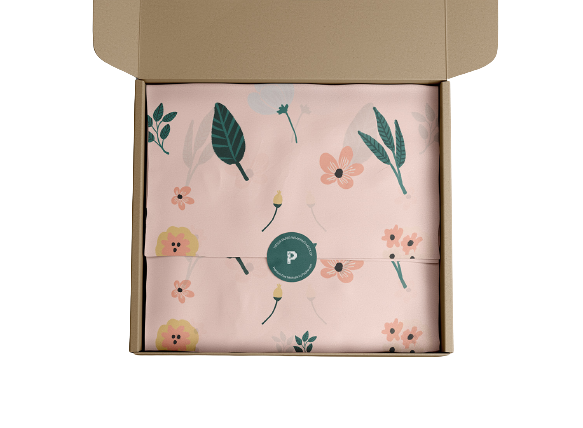Metal Containers
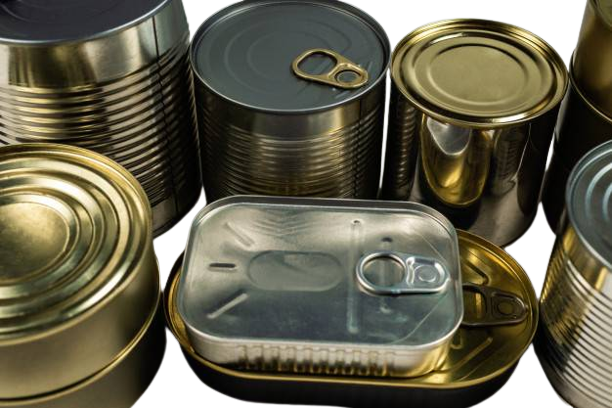
Metal Containers
Metal-based packaging offers durability, strength, and protection for various products. It is widely used for food, beverages, cosmetics, and other goods that require secure and long-lasting packaging.
 Carbon Footprint: 850 to 1,400 kg CO2e per tonne*
Carbon Footprint: 850 to 1,400 kg CO2e per tonne*
 Time to decompose : a few weeks in facility
Time to decompose : a few weeks in facility
 Recyclability : 2 to 3 times
Recyclability : 2 to 3 times
 Price Range : $ 0.20 to 0.40*
Price Range : $ 0.20 to 0.40*
Key features
| Features | Description |
|---|---|
| Durability | Metal-based packaging offers exceptional durability, providing strength and resistance to withstand handling, transportation, and storage. |
| Protection | Metal packaging provides excellent protection for products against external factors such as moisture, light, oxygen, and contaminants, helping to maintain product quality and freshness. |
| Barrier Properties | Metal materials, such as aluminum or tinplate, have inherent barrier properties that prevent the permeation of gases, moisture, and light, thereby preserving the integrity and shelf life of packaged goods. |
| Tamper-Evidence | Metal packaging can be designed with features like sealed lids, pull tabs, or tear bands, ensuring tamper-evident packaging and assuring consumers of product safety. |
| Versatility | Metal-based packaging is available in various forms such as cans, bottles, tubes, or trays, offering versatility to package a wide range of products, including food, beverages, cosmetics, pharmaceuticals, and more. |
| Recyclability | Metals, particularly aluminum and steel, are highly recyclable materials. Metal-based packaging can be easily and infinitely recycled, contributing to resource conservation and environmental sustainability. |
| Heat Resistance | Metal packaging is capable of withstanding high temperatures, making it suitable for products that require sterilization or hot filling processes. |
| Branding and Design Options | Metal packaging allows for attractive branding and design options through printing, embossing, or embossing, enhancing product visibility and shelf appeal. |
| Light Weight | Metal-based packaging, such as aluminum cans, offers a lightweight solution compared to alternative materials, reducing transportation costs and environmental impact. |
| Stackability and Storage Efficiency | Metal packaging is designed to be stackable, optimizing storage space and facilitating efficient distribution and display at retail locations. |
| Extended Shelf Life | Metal packaging provides a protective barrier that helps extend the shelf life of products by minimizing exposure to air, light, and moisture. |
| Resistance to Impact | Metal packaging offers good resistance to impact, protecting products during transit and preventing damage. |
Specification
- Material Type : Metal-based packaging can be made from various metals such as aluminum, steel, tinplate, or tin-free steel, each offering different properties and advantages.
- Thickness : Metal-based packaging can come in different thicknesses, typically measured in gauges or millimeters, depending on the desired strength and durability for the intended use.
- Shape and Size : Metal-based packaging can be manufactured in various shapes and sizes, including cans, bottles, containers, or tubes, to accommodate different product dimensions and packaging requirements.
- Surface Finish : Metal packaging can have different surface finishes, including plain, lacquered, or coated, providing protection against corrosion or enhancing visual appeal.
- Closure Mechanisms : Metal-based packaging can feature various closure mechanisms such as pull tabs, screw caps, or easy-open ends, providing convenience and tamper-evident sealing.
- Printing and Decoration : Metal packaging can be printed or decorated using techniques like lithography or digital printing, allowing for branding, product information, or decorative elements.
- Coatings and Linings : Metal-based packaging can be coated or lined with materials such as polymer films or lacquers to enhance barrier properties, protect the contents, or prevent interactions between the metal and the packaged product.
- Environmental Impact : Metal-based packaging is highly recyclable, and specific specifications may indicate the percentage of recycled content or adherence to recycling standards.
- Compliant with Regulations : Metal-based packaging can be designed to meet specific regulations and standards, such as those related to food safety, product labeling, or hazardous materials handling.
- Stackability and Nesting : Metal-based packaging can be designed with features that allow for easy stacking, nesting, or interlocking, optimizing storage space and facilitating efficient transportation and storage.
Related Products
FAQ's
- Q1: What is metal-based packaging?
- A1: Metal-based packaging refers to packaging materials or products made primarily from metals such as aluminum, steel, or tinplate.
- Q2: What are the advantages of metal-based packaging?
- A2: Metal-based packaging offers several advantages, including durability, strength, excellent product protection, recyclability, heat resistance, tamper-evidence, and extended shelf life.
- Q3: What types of products can be packaged with metal-based packaging?
- A3: Metal-based packaging is used for a wide range of products, including food and beverages, cosmetics, pharmaceuticals, household products, industrial goods, and more.
- Q4: Is metal-based packaging recyclable?
- A4: Yes, metals such as aluminum and steel used in metal-based packaging are highly recyclable. Metal packaging can be collected, sorted, and recycled into new metal products, reducing waste and conserving resources.
- Q5: Can metal-based packaging withstand high temperatures?
- A5: Yes, metal-based packaging, particularly aluminum and steel, have good heat resistance and can withstand high temperatures during processes like hot filling or sterilization.
- Q6: Is metal-based packaging tamper-evident?
- A6: Yes, metal-based packaging can be designed with tamper-evident features such as pull tabs, tear bands, or sealed lids, providing assurance of product safety and integrity.
- Q7: Are there different closure options for metal-based packaging?
- A7: Yes, metal-based packaging can have various closure mechanisms, including pull tabs, screw caps, or easy-open ends, offering convenience and resealability.
- Q8: Can metal-based packaging be customized with branding?
- A8: Yes, metal-based packaging can be customized through printing, embossing, or labeling, allowing for branding, product information, or decorative elements.
- Q9: Does metal-based packaging offer good product protection?
- A9: Yes, metal-based packaging provides excellent product protection, with properties such as resistance to moisture, light, oxygen, and physical impacts, helping to maintain product quality and freshness.
- Q10: Are there any regulations to consider when using metal-based packaging?
- A10: Yes, depending on the industry and product, there may be regulations and standards to comply with, such as those related to food safety, labeling requirements, or handling hazardous materials.
- Q11: Can metal-based packaging be stacked or nested for efficient storage?
- A11: Yes, metal-based packaging can be designed with features that allow for easy stacking, nesting, or interlocking, optimizing storage space and facilitating efficient transportation and storage.
- Q12: What are the environmental benefits of metal-based packaging?
- A12: Metal-based packaging is recyclable, reducing waste and conserving resources. Additionally, metals have a high recycling rate and can be recycled indefinitely without loss of quality, making metal-based packaging a sustainable choice.




